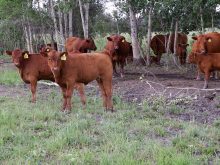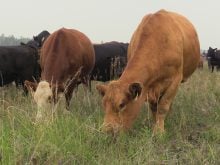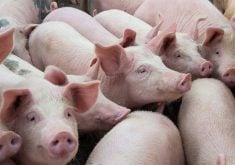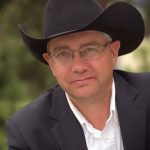The University of Saskatchewan is hoping to buy about 1,800 acres of rural farmland and move some of its agricultural research operations out of Saskatoon.
Judy Yungwirth, director of corporate administration at the U of S, said university officials are in the final stages of negotiating a deal to buy 11 quarter sections of farmland near Clavet, Sask., for $2.4 million.
The acquisition has been approved by the university’s board of governors.
The deal would also require approval from Saskatchewan’s cabinet.
Read Also
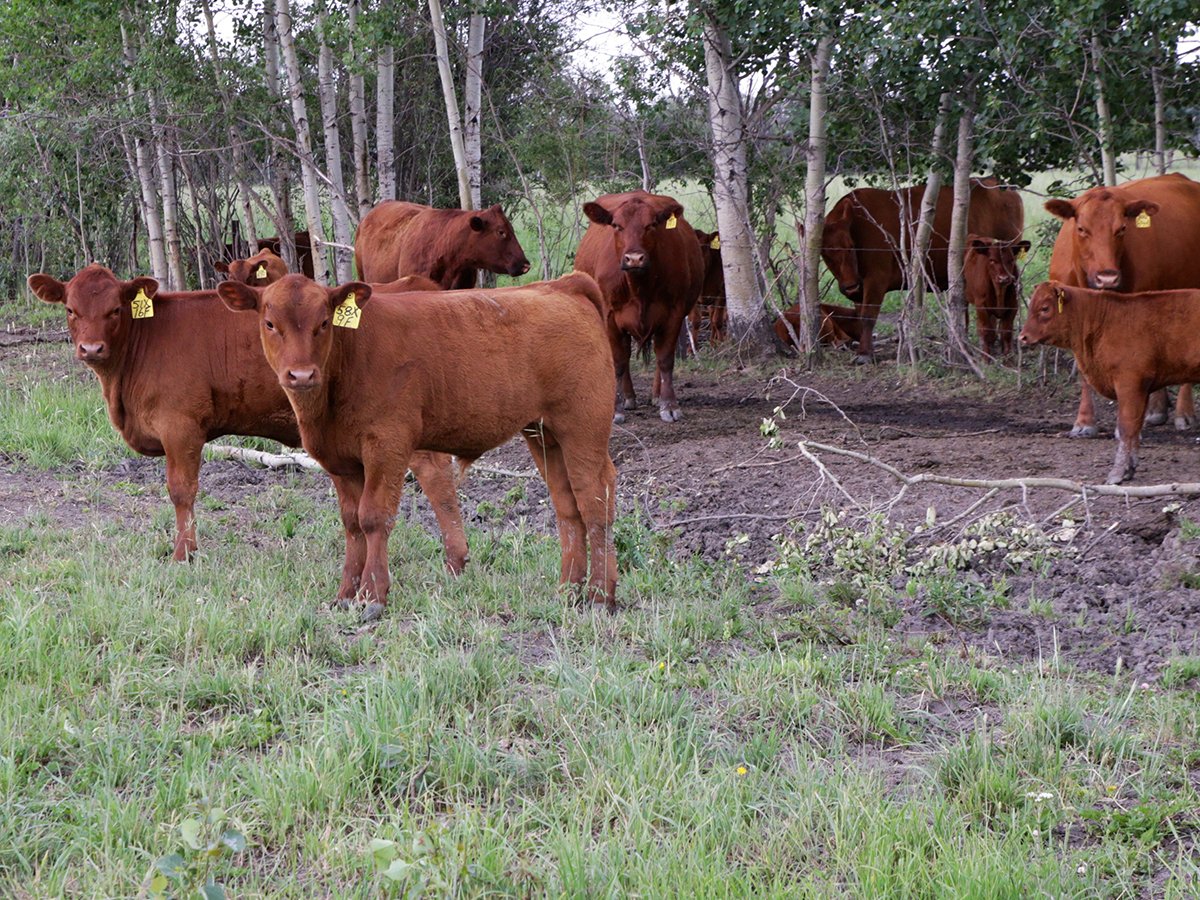
Feeder market continues the climb
For the week ending Aug. 30, Western Canadian feeder cattle markets traded $4-8 per hundredweight higher on average.
The sale is contingent on the university gaining approval to build a new feedlot and beef research facility on a portion of the land, although Yungwirth said the deal could still go ahead even if approval for a feedlot is delayed.
“They (officials from the university’s department of animal and poultry science) are investigating this as a possible … site to locate a feedlot,” she said.
“They are the ones who are anxious to relocate now but there are other needs as well.”
The university owns about 1,864 acres of land inside Saskatoon’s city limits.
That land includes the university’s main campus as well as farmland that is used for plant breeding, crop science research, horticultural operations, agroforestry research, fruit production, beef research and a variety of other agricultural purposes.
The acquisition of another 1,800 acres of land could allow some of those operations to relocate, freeing up valuable urban land for resale and development.
If the Clavet land deal goes through, the university’s feedlot operation would likely be the first research facility to be relocated.
Its existing feedlot, which has an 800-head capacity, was built more than 40 years ago and is no longer meeting researchers’ needs.
The facility is located in Saskatoon on land that overlooks the South Saskatchewan River and is ideally suited for urban development.
Hank Classen, head of the animal and poultry science department at the College of Agriculture, said that makes relocation an appealing option.
“There are a whole lot of factors coinciding,” Classen said.
“We have one of the biggest beef research groups in the country, if not North America, and we need a better facility to do our work.”
According to Yungwirth, eight of the 11 quarter sections involved in the Clavet deal are in a single block and the other three are nearby.
The land’s proximity to the university’s main campus could facilitate the relocation of other agricultural research functions but for the time being, the beef research program is the only component slated to move.
“From our departmental standpoint, it’s the beef unit primarily that’s going to be focused there,” Classen said.
“The dairy, poultry, aquaculture and sheep units are still on (the main) campus and our plans, certainly in the short to medium term, are to keep them there.”
Classen added, however, that urban expansion in Saskatoon and the value of the university’s urban land holdings will influence future land use plans.
“We are being surrounded by the city and it’s not just our department but other departments as well that are potentially going to have to be looking for other places to do their research.”
If the Clavet deal goes through, the university would take possession of the farmland land on May 1, 2011.
If it acquires the necessary approvals, construction of a 2,000-head feedlot could commence within the next few years.
The proposed facility is expected to cost more than $10 million, although construction costs could be reduced if the plans are downsized.
“I think (board approval) should be happening fairly quickly but the land is a big issue and certainly we would have to have the money in place first before anything happens.”
Classen said construction of the proposed facility would allow the animal and poultry science department to expand beef extension programs and ensure that the university is adhering to animal care standards.
The land deal would not change the university’s immediate plans to upgrade other animal research facilities on the main campus in Saskatoon, he added.
The university is knee deep in plans to construct a new dairy barn and research facility on its main campus.
That barn, valued at $9 to $11 million, has already received a donation of milk quota valued at $4 million from Saskatchewan dairy farmers.
That would allow the university to sell its existing quota and use the proceeds – an estimated $1.7 million – to kick start construction of the new dairy barn and secure additional funding.
“The dairy animals are going to stay on campus,” said Classen.
The university’s dairy herd has become a familiar part of Saskatoon’s urban landscape. The cows are not only used for research but they also serve as a valuable public relations tool to remind urban dwellers where their food comes from, he said.



